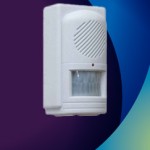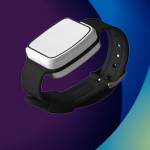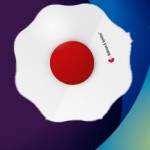Epilepsy Reimagined: Understanding the New Classification and Why It Matters

Epilepsy has long carried a heavy load — not just medically,
but socially and emotionally. For decades, it was cloaked in mystery and
stigma, often misunderstood even within the medical community. But recent
advances in science and a powerful reclassification effort by the International
League Against Epilepsy (ILAE) have transformed how we think about, diagnose,
and treat epilepsy today.
In this blog, we’ll unpack what this re-classification of
epilepsy actually means, why it was needed, and how it could change the lives
of millions living with this neurological condition.
A Quick Refresher: What Is Epilepsy?
Epilepsy is a chronic brain disorder marked by recurrent,
unprovoked seizures. These seizures are caused by sudden, excessive electrical
activity in the brain. It’s not just one disease — it's a spectrum of disorders
with different causes, seizure types, and treatment responses.
Until recently, epilepsy was often labeled based on outdated
terms that didn’t reflect the complexity of the condition. You might remember
terms like "partial seizures," "grand mal," or even the
now-defunct term “petit mal.” These phrases, though once standard, were often
vague, confusing, and even misleading.
If you're looking for a clearer way to understand seizure
types and how technology can help track and manage them, visit Epilepsy
Solutions — specialists in home seizure monitoring equipment.
Why Reclassify?
The short answer? Clarity, accuracy, and dignity.
The ILAE undertook a major overhaul of the epilepsy
classification system in 2017 and updated it further in the years following.
The new classification is designed to:
Improve diagnosis and communication among doctors, patients,
and researchers.
Support personalized treatment strategies.
Remove outdated language that contributed to stigma or
confusion.
Advances in seizure monitoring, neuroimaging, and EEG have
helped fuel this shift. Today, tools like wearable monitors and smart alert
systems — like those offered by Epilepsy Solutions — can provide vital data
that improves diagnostic accuracy and supports the new classification model.
What’s Changed in the New Classification?
The reclassification breaks epilepsy down into more
meaningful categories based on three key dimensions:
1. Seizure Type
Instead of using the old “partial” or “generalized” labels,
we now categorize seizures as:
Focal Seizures (start in one part of the brain)
Generalized Seizures (start on both sides of the brain)
Unknown Onset Seizures (when the start isn’t clear)
And importantly, awareness is now considered. For example:
Focal aware seizure (formerly “simple partial”)
Focal impaired awareness seizure (formerly “complex
partial”)
Tracking these subtle differences — especially at home — can
be challenging, which is why smart seizure monitors are increasingly being used
to log and detect different seizure types. Explore real-time monitoring
solutions that support this kind of observation and reporting.
2. Epilepsy Type
There are now four broad epilepsy types:
Focal epilepsy
Generalized epilepsy
Combined generalized and focal epilepsy
Unknown epilepsy
This helps clinicians choose better treatments — but it also
means that having reliable home data on seizure patterns can make a big
difference during consultations.
3. Etiology (Cause)
Epilepsy is now classified based on its cause:
Structural
Genetic
Infectious
Metabolic
Immune
Unknown
This dimension encourages more investigative care — but even
with a known cause, tracking how epilepsy presents daily is key to getting the
right treatment. Our monitoring devices help families and caregivers gain more
control and insight between hospital visits.
Why It Matters for Patients
The reclassification isn’t just academic — it’s about real
lives, real families, and real choices.
Better treatment: More accurate diagnoses mean
better-targeted therapies.
Empowered patients: Tools like at-home monitors give people
more insight into their condition.
Greater peace of mind: Parents, carers, and individuals with
epilepsy can detect seizures, track trends, and respond faster — especially at
night.
At Epilepsy Solutions, we provide seizure monitoring
equipment that supports people in understanding their condition, working with
clinicians, and improving safety at home.





